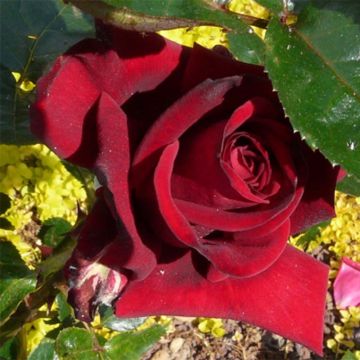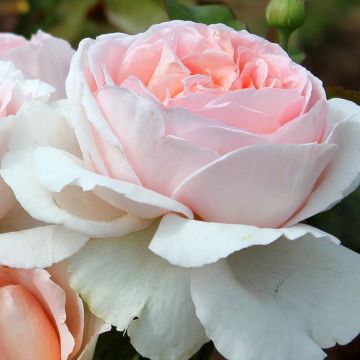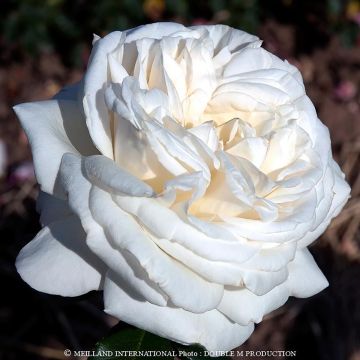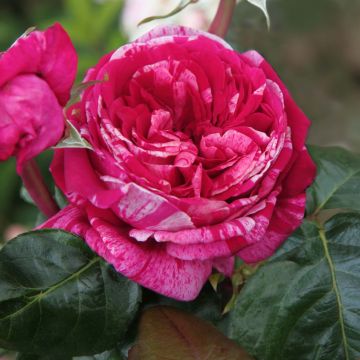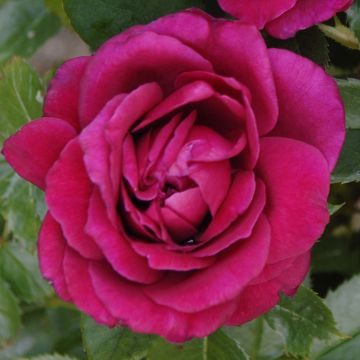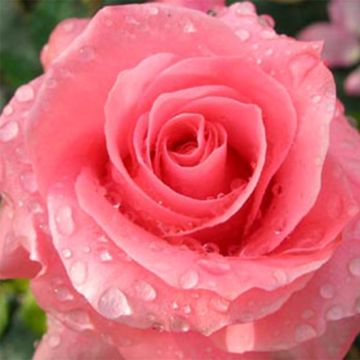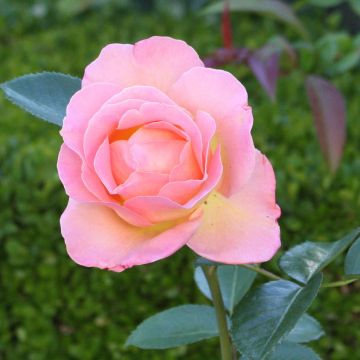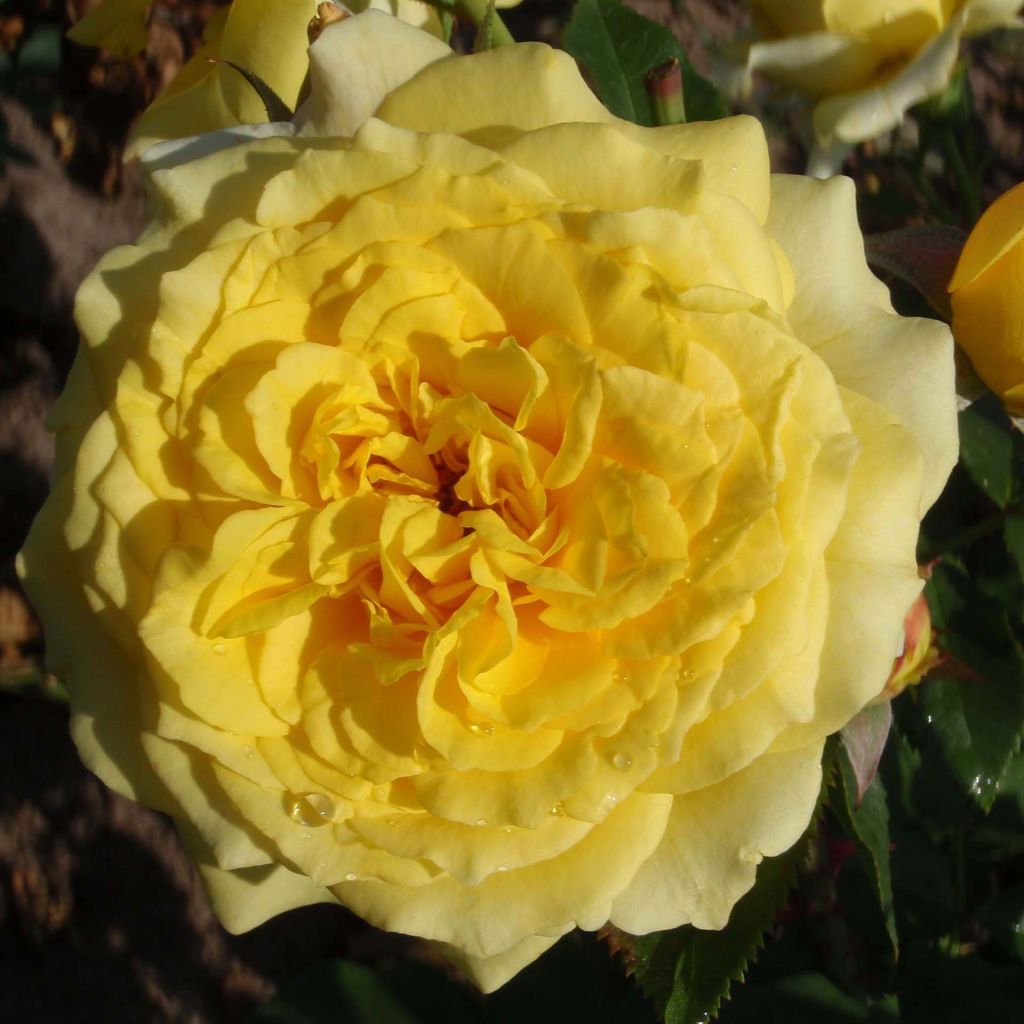

Rosa 'La Rotonde' - Hybrid Tea Rose
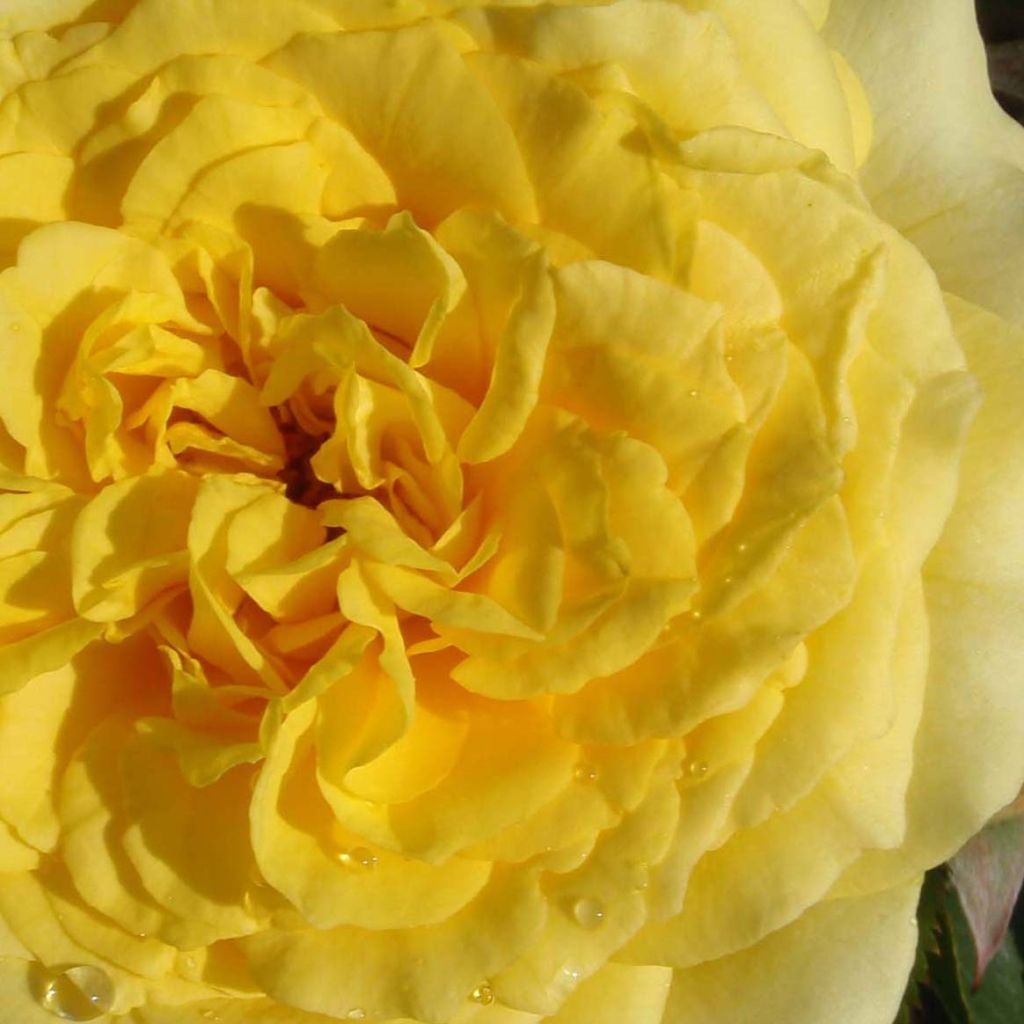

Rosa 'La Rotonde' - Hybrid Tea Rose
Rosa 'La Rotonde' - Hybrid Tea Rose
Rosa La Rotonde® Tan 06612
Tan 06612
This item cannot be shipped to the selected country
Delivery charge from €5.90
Delivery charge from €5.90
Delivery to Corse prohibited
More information
Schedule delivery date,
and select date in basket
This plant carries a 24 months recovery warranty
More information
We guarantee the quality of our plants for a full growing cycle, and will replace at our expense any plant that fails to recover under normal climatic and planting conditions.
From €5.90 for pickup delivery and €6.90 for home delivery
Express home delivery from €8.90.
From €5.90 for pickup delivery and €6.90 for home delivery
Express home delivery from €8.90.
Delivery to Corse prohibited: UE law prohibits the import of this plant from mainland France to Corse as part of the fight against Xylella fastidiosa. Please accept our sincere apologies.
More information

Does this plant fit my garden?
Set up your Plantfit profile →
Description
The Rose 'La Rotonde' or 'Tan 06612' brings its invigorating colour to the "Les Années Folles" collection developed by German rose breeder Tantau. This perennial variety, with a perpetual and floriferous blooming like all its sisters, produces large double roses, fashioned in the old-fashioned style, with a radiant yellow colour. With a light fragrance reminiscent of lily of the valley and iris, these flowers last a long time in a vase and shine in the garden. In addition to its ornamental qualities, it is a robust bush, remarkably resistant to rose diseases, and very easy to grow.
The Rose 'La Rotonde', introduced in 2019, is a modern hybrid tea rose that is also classified as a Floribunda: its flowers are solitary or more often grouped in small bouquets of 2 to 5 flowers. The plant forms an upright, ramified bush with vigorous and rapid growth. It will reach an average height of 75 cm (30in), with a spread of 60 cm (24in). From May to June and late into the season, blooms measuring 9 cm (4in) in diameter, composed of 60 to 70 petals, appear on foliage that is divided into dark green leaflets. They open in the manner of hybrid teas, well-organized around a turbinate center, then unfold into wide and flat cups arranged in quarters. The flower color is a pure yellow, slightly more golden towards the center and lighter on the edges. Their fragrance is of light intensity, but very subtle. This rose has excellent disease resistance. This deciduous, very hardy shrub loses its leaves in autumn. It will thrive when planted in a rich, deep soil that remains cool in summer.
This modern rose, La Rotonde, elegantly displays its sunny color, symbolizing friendship and benevolence in the language of flowers. With a strong personality, it will be enhanced by light flowers, white or orange roses, or foliage plants such as bronze fennel or lady's mantle. For example, place it at the front of a shrub bed or in groups of 3 plants. Consider pairing it with small blue or white flowers of Love-in-a-Mist to highlight its brilliance without overshadowing it. Perennial geraniums, catmints, heartleaf crambe, perennial salvias, and foxgloves are good companions for roses. Its long-lasting flowers, suitable for vase arrangements, allow for cheerful bouquets in the house.
Report an error about the product description
Rosa 'La Rotonde' - Hybrid Tea Rose in pictures


Plant habit
Flowering
Foliage
Botanical data
Rosa
La Rotonde® Tan 06612
Rosaceae
Tan 06612
Cultivar or hybrid
Rosa multiflora (4L/5L pot, Wrapped bare root)
Other Large-flower tea Roses
Planting and care
Planting your 'La Rotonde' rose requires some preparation. Begin by working the soil to a depth of 40 cubic cm and adding a base amendment like blood, fish, and bone to the bottom of the planting hole. Remove the plant from its pot and position it by covering the top of the root ball with 3 cm (1in) of soil. Refill the hole and water generously to eliminate any air pockets. It's essential to water the rose regularly for a few weeks during dry weather to help the roots grow. Use a special rose fertiliser that stimulates plant flowering. Choose a sunny location or partial shade to plant your rose in hot regions.
Roses may develop unsightly spots at the end of summer, but this is a natural occurrence and doesn't harm the rose's growth.
Planting period
Intended location
Care
-
, onOrder confirmed
Reply from on Promesse de fleurs
Haven't found what you were looking for?
Hardiness is the lowest winter temperature a plant can endure without suffering serious damage or even dying. However, hardiness is affected by location (a sheltered area, such as a patio), protection (winter cover) and soil type (hardiness is improved by well-drained soil).

Photo Sharing Terms & Conditions
In order to encourage gardeners to interact and share their experiences, Promesse de fleurs offers various media enabling content to be uploaded onto its Site - in particular via the ‘Photo sharing’ module.
The User agrees to refrain from:
- Posting any content that is illegal, prejudicial, insulting, racist, inciteful to hatred, revisionist, contrary to public decency, that infringes on privacy or on the privacy rights of third parties, in particular the publicity rights of persons and goods, intellectual property rights, or the right to privacy.
- Submitting content on behalf of a third party;
- Impersonate the identity of a third party and/or publish any personal information about a third party;
In general, the User undertakes to refrain from any unethical behaviour.
All Content (in particular text, comments, files, images, photos, videos, creative works, etc.), which may be subject to property or intellectual property rights, image or other private rights, shall remain the property of the User, subject to the limited rights granted by the terms of the licence granted by Promesse de fleurs as stated below. Users are at liberty to publish or not to publish such Content on the Site, notably via the ‘Photo Sharing’ facility, and accept that this Content shall be made public and freely accessible, notably on the Internet.
Users further acknowledge, undertake to have ,and guarantee that they hold all necessary rights and permissions to publish such material on the Site, in particular with regard to the legislation in force pertaining to any privacy, property, intellectual property, image, or contractual rights, or rights of any other nature. By publishing such Content on the Site, Users acknowledge accepting full liability as publishers of the Content within the meaning of the law, and grant Promesse de fleurs, free of charge, an inclusive, worldwide licence for the said Content for the entire duration of its publication, including all reproduction, representation, up/downloading, displaying, performing, transmission, and storage rights.
Users also grant permission for their name to be linked to the Content and accept that this link may not always be made available.
By engaging in posting material, Users consent to their Content becoming automatically accessible on the Internet, in particular on other sites and/or blogs and/or web pages of the Promesse de fleurs site, including in particular social pages and the Promesse de fleurs catalogue.
Users may secure the removal of entrusted content free of charge by issuing a simple request via our contact form.
The flowering period indicated on our website applies to countries and regions located in USDA zone 8 (France, the United Kingdom, Ireland, the Netherlands, etc.)
It will vary according to where you live:
- In zones 9 to 10 (Italy, Spain, Greece, etc.), flowering will occur about 2 to 4 weeks earlier.
- In zones 6 to 7 (Germany, Poland, Slovenia, and lower mountainous regions), flowering will be delayed by 2 to 3 weeks.
- In zone 5 (Central Europe, Scandinavia), blooming will be delayed by 3 to 5 weeks.
In temperate climates, pruning of spring-flowering shrubs (forsythia, spireas, etc.) should be done just after flowering.
Pruning of summer-flowering shrubs (Indian Lilac, Perovskia, etc.) can be done in winter or spring.
In cold regions as well as with frost-sensitive plants, avoid pruning too early when severe frosts may still occur.
The planting period indicated on our website applies to countries and regions located in USDA zone 8 (France, United Kingdom, Ireland, Netherlands).
It will vary according to where you live:
- In Mediterranean zones (Marseille, Madrid, Milan, etc.), autumn and winter are the best planting periods.
- In continental zones (Strasbourg, Munich, Vienna, etc.), delay planting by 2 to 3 weeks in spring and bring it forward by 2 to 4 weeks in autumn.
- In mountainous regions (the Alps, Pyrenees, Carpathians, etc.), it is best to plant in late spring (May-June) or late summer (August-September).
The harvesting period indicated on our website applies to countries and regions in USDA zone 8 (France, England, Ireland, the Netherlands).
In colder areas (Scandinavia, Poland, Austria...) fruit and vegetable harvests are likely to be delayed by 3-4 weeks.
In warmer areas (Italy, Spain, Greece, etc.), harvesting will probably take place earlier, depending on weather conditions.
The sowing periods indicated on our website apply to countries and regions within USDA Zone 8 (France, UK, Ireland, Netherlands).
In colder areas (Scandinavia, Poland, Austria...), delay any outdoor sowing by 3-4 weeks, or sow under glass.
In warmer climes (Italy, Spain, Greece, etc.), bring outdoor sowing forward by a few weeks.


































